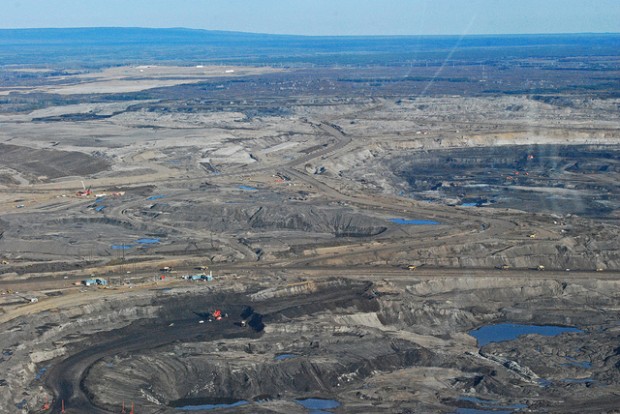We have much more to do and your continued support is needed now more than ever.
Latest Climate Report Confirms We Have a Climate Problem — Do You Give a Care?
If you are still sitting on the fence about whether we contribute to climate change, perhaps the latest report by the Intergovernmental Panel on Climate Change (IPCC) will help clear things up.
Here’s what the IPCC’s headlines say:
The Climate System is Warming

- More moisture means extreme precipitation events will very likely become more intense and more frequent—think floods in Colorado, or Hurricane Irene’s devastation to the northeast in 2011.
- Learn more in NWF’s report detailing how rising waters will impact coastal habitats in the Chesapeake Bay: Sea-Level Rise and Coastal Habitats of the Chesapeake Bay
Climate change will fuel hot weather extremes. Heat waves will occur with a higher frequency and duration—think last year’s droughts in the Midwest, and those parching the Southwest more recently.
- Read NWF’s most recent report for a detailed exploration of what rising temperatures mean for freshwater fish and their habitats: Swimming Upstream: Freshwater Fish in a Warming World
Sea levels will continue to rise, creating greater storm surges that put our coastline at risk—think catastrophic hurricanes, as we near the one year anniversary of Superstorm Sandy.
- See NWF’s brief overview of the reality of extreme weather events in highly susceptible regions: Increasing Vulnerability to Hurricanes: Global Warming’s Wake-up Call for the U.S. Gulf and Atlantic Coasts
Limiting the projected effects of climate change will require “substantial and sustained reductions of greenhouse gas emissions.”
In order to change the trajectory that we are on, we need to change course
There are two roads we can travel.
On one, we continue to invest in an “all of the above” energy strategy, while purportedly addressing climate change. Here’s a snapshot of what a journey on this first path will look like:
- We continue to subsidize the fossil fuel industry – in 2011, the U.S. gave $500 billion in subsidies to polluters;
- We continue to lease large tracts of federal public lands for carbon intensive energy development;
- We support tar sands mining in Canada by building the massive Keystone XL pipeline.


- We spur the market for renewable energy by making it cost competitive; like the recent news coming out of Massachusetts, where wind power is cheaper than coal;
- We keep the momentum, and raise the bar, for getting large scale, wildlife-friendly renewable energy sources off the ground – and in the water;
- We expand investments in distributed solar, so that businesses, homeowners, and towns can become more energy sustainable;
- We remove barriers like the antiquated law in Georgia that prohibits homeowners from selling energy they generate on their rooftops back to the grid.
When I told my 12 year-old son that the IPCC is issuing its latest study that shows the connection between climate change, extreme weather, and pollution, I asked him what he’d tell people. His answer: “It’s time to get busy. But I think most people don’t give a care.”
Help prove him wrong. Stand up, make your voice heard, and join us in taking our country down the Climate Solutions Road.
![]() Send a message to the Environmental Protection Agency, telling them that you want to choose the Climate Solutions Road and support strong limits to carbon pollution.
Send a message to the Environmental Protection Agency, telling them that you want to choose the Climate Solutions Road and support strong limits to carbon pollution.





















